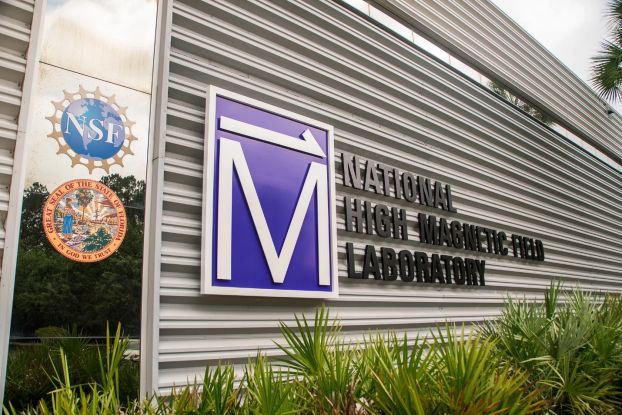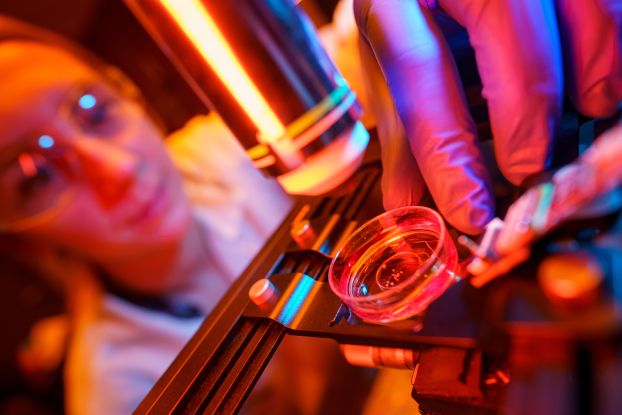The U.S. National Science Foundation Division of Materials Research (DMR) supports multiple unique laboratory facilities and high-tech instruments, enabling researchers to probe the structure and behavior of matter and to create materials with new properties.
These national resources enable groundbreaking discoveries in materials science, ranging from quantum technologies to advanced materials for energy storage, while serving as training hubs for the next generation of materials researchers and engineers.
 On this page
On this page

NSF National High Magnetic Field Laboratory (NSF MagLab)
NSF MagLab is the largest and highest-powered magnet laboratory in the world, used by thousands of scientists to probe fundamental questions about materials, energy, life and the environment. MagLab is an international leader in magnet design, development and construction, including the development of new superconducting materials.

NSF Center for High-Energy X-Ray Sciences (NSF CHEXS)
NSF CHEXS is located within the Cornell High Energy Synchrotron Source and provides multiple instruments and beamlines for emerging research in materials, engineering and biology. Each beamline has unique scientific capabilities.

NSF Center for High Resolution Neutron Scattering (NSF CHRNS)
NSF CHRNS is located at the National Institute of Standards and Technology Center for Neutron Research and allows researchers to use neutrons, which are magnetically neutral, to explore the inner workings of polymers, metals, ceramics, biological molecules and other materials.

National Nanotechnology Coordinated Infrastructure
DMR is one of several NSF organizations supporting the NSF National Nanotechnology Coordinated Infrastructure which provides broad national access to specialized equipment and expertise through 16 sites across the U.S. It serves researchers from academia, industry and government across all disciplines of nanoscale science, engineering and technology.

NSF Materials Innovation Platforms
Through the NSF Mid-scale Research Infrastructure programs, the division supports four NSF MIPs that are dedicated to accelerating advances in materials research. Each platform houses state-of-the-art experimental and computation tools and technologies which are made broadly available to researchers.

